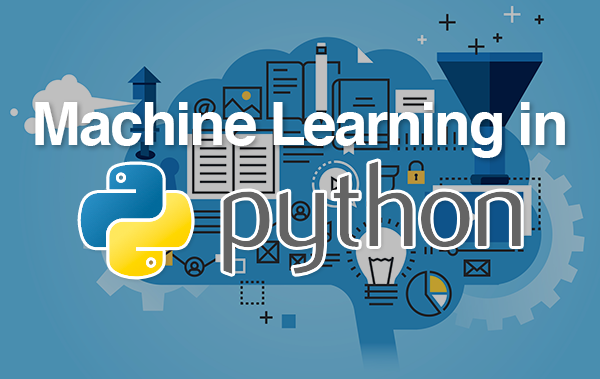The Advantages of Python for Machine Learning

Artificial Intelligence (AI) has evolved a number of current business strategies and will continue to create opportunities for businesses going forward. AI’s impact is felt in part due to how far it extends in a number of organizations’ offerings. The integration of these elements is thanks to Machine Learning, which falls under the Artificial Intelligence umbrella. Machine Learning allows computers to learn without any explicit programming or intervention. The most popular way in which these algorithms are developed are with Python.
What makes Python such a popular choice, though? First and foremost is Python’s simplicity. With such a straightforward syntax, the basics of the language are easily picked up on. For programmers new to the language, this can be an excellent leg up compared to other languages they may be well versed in. With the ability to pick up on the language quickly as a result of its simple nature, programmers are able to begin developing these machine learning algorithms much quicker compared to other languages.
This is made only more clear with the immense amount of community support that Python possess. Being an open-source language, there are an endless amount of free resources out there for new and existing programmers alike. One of the most common set of resources used by programmers working with Python are online libraries filled with base level code that are able to be used freely throughout any project. Some of these libraries include Keras, pandas, TensorFLow, scikit-learn and countless others. Not only do they provide free basic code, these libraries also include ways to represent data and analysis in much more interesting ways. Histograms, various charts, and other visually engaging graphs allows insights to be better displayed.
Not only is this language particularly simple, it is also notably compatible and flexible amongst other languages. Meaning programmers can use Python if they’re most comfortable with it, or they can stick to their default language and use Python when necessary. Combining styles is not as difficult as some might think. In addition to this, Python is compatible with the most common operating systems used today. Windows, macOS, Linux, etc. So if you need to move your project to a new operating system, fear not. Transferring your work is as simple as modifying a few lines of code.
These attributes allow programmers to create some particularly interesting data science applications for businesses and organizations to benefit from. As data science involves deriving information and trends from a particular set of data, Python certainly seems to be the best choice. For more information on Python and its importance in Data Science, be sure to review the accompanying infographic coupled with this post. Or, consider some research about Online Python Training Courses.
Author Bio: Anne Fernandez – Anne joined Accelebrate in January 2010 to manage trainers, write content for the website, implement SEO, and manage Accelebrate’s digital marking initiatives. In addition, she helps to recruit trainers for Accelebrate’s Python Training courses and works on various projects to promote the business.







